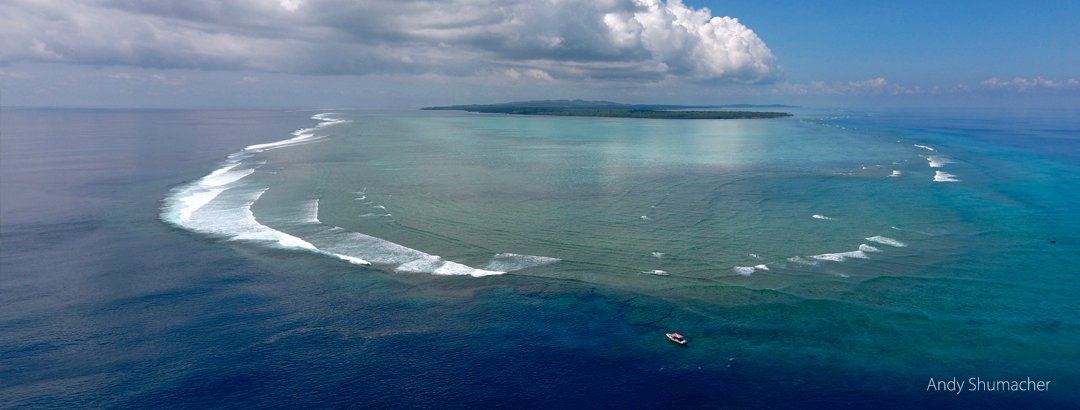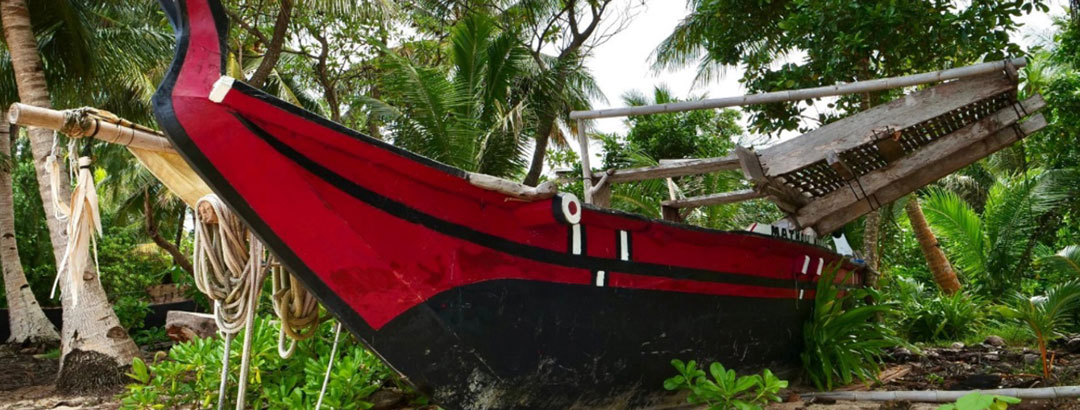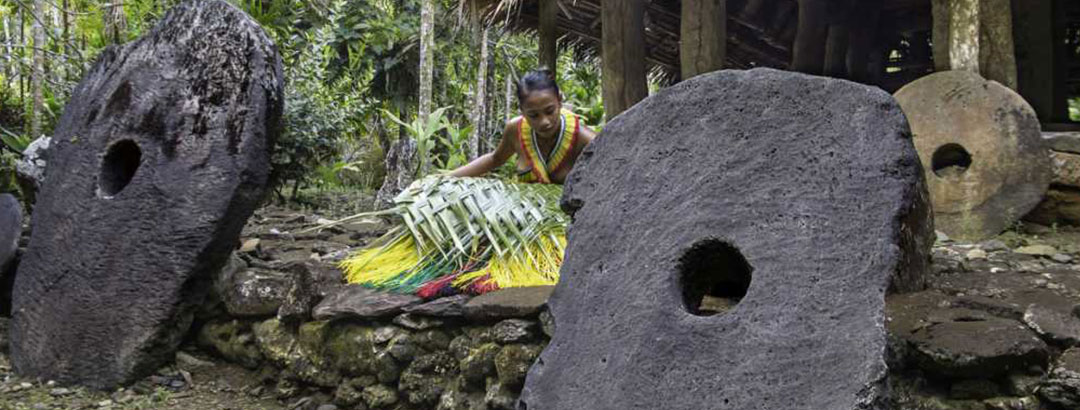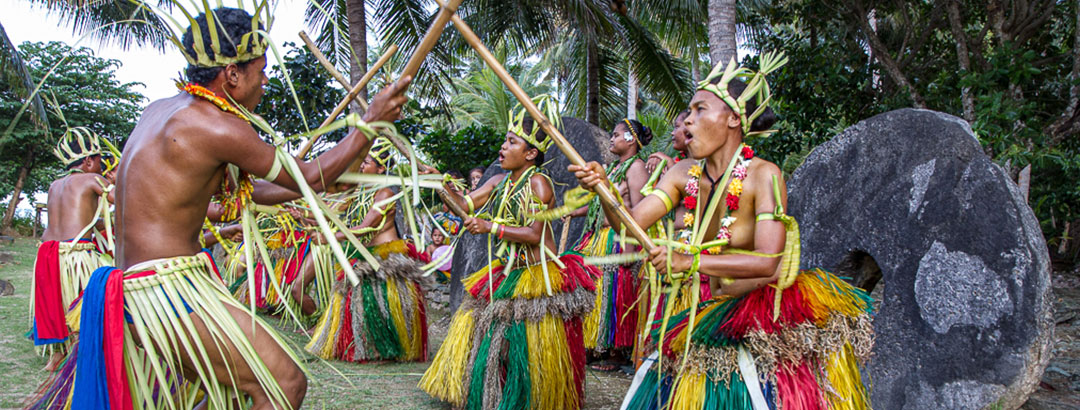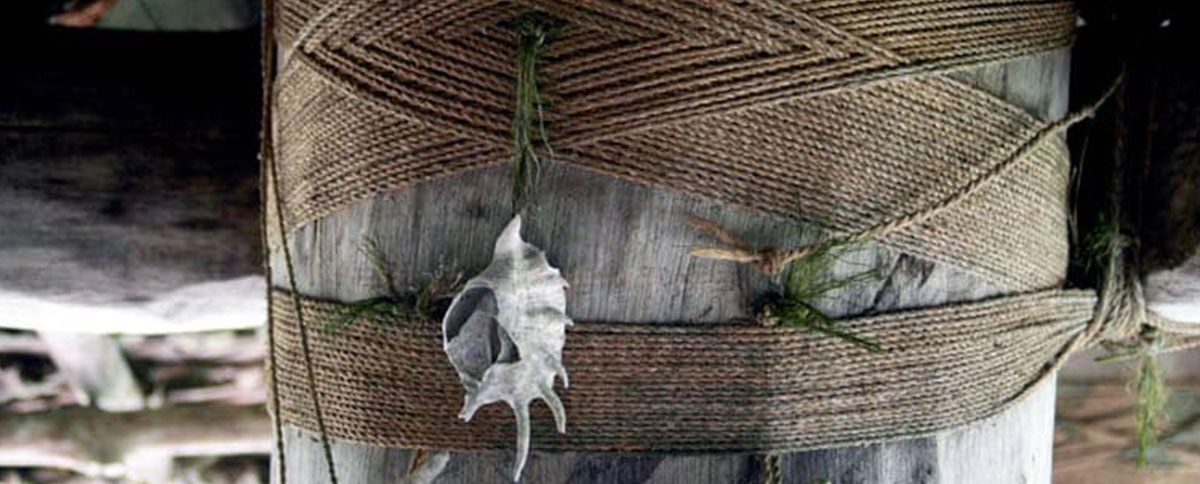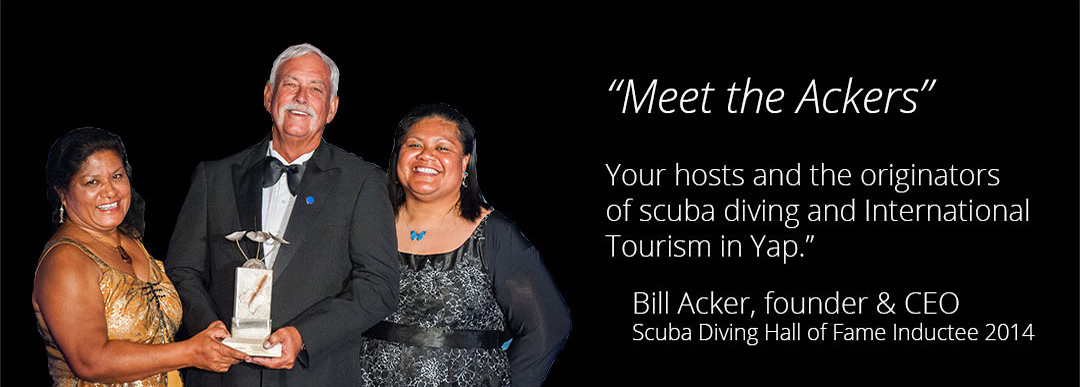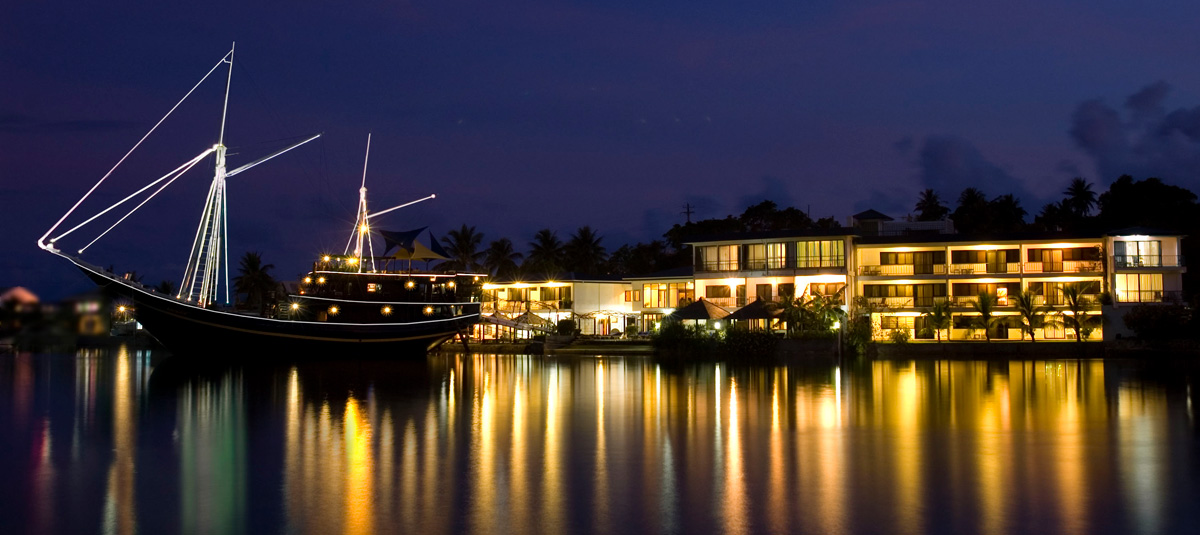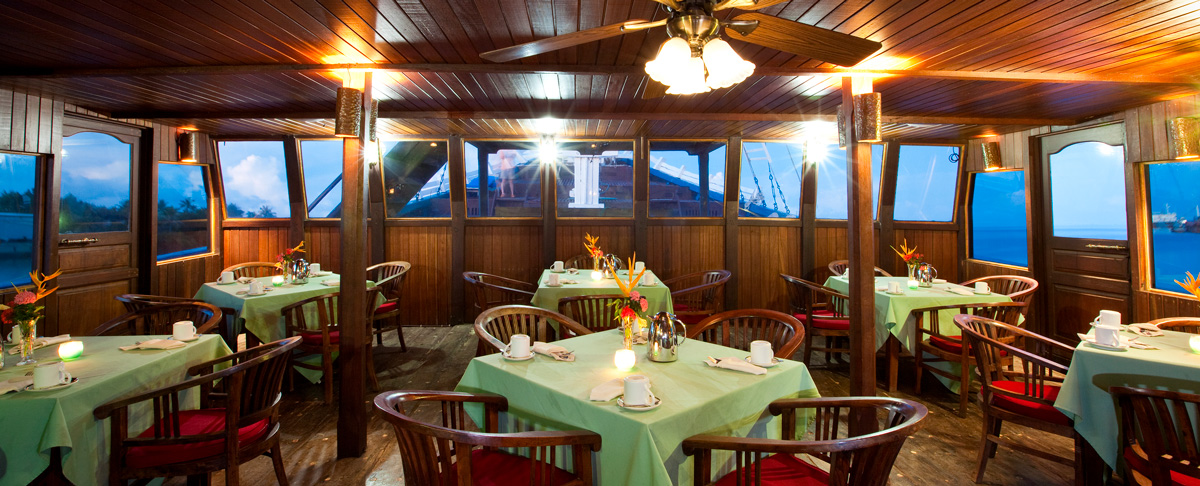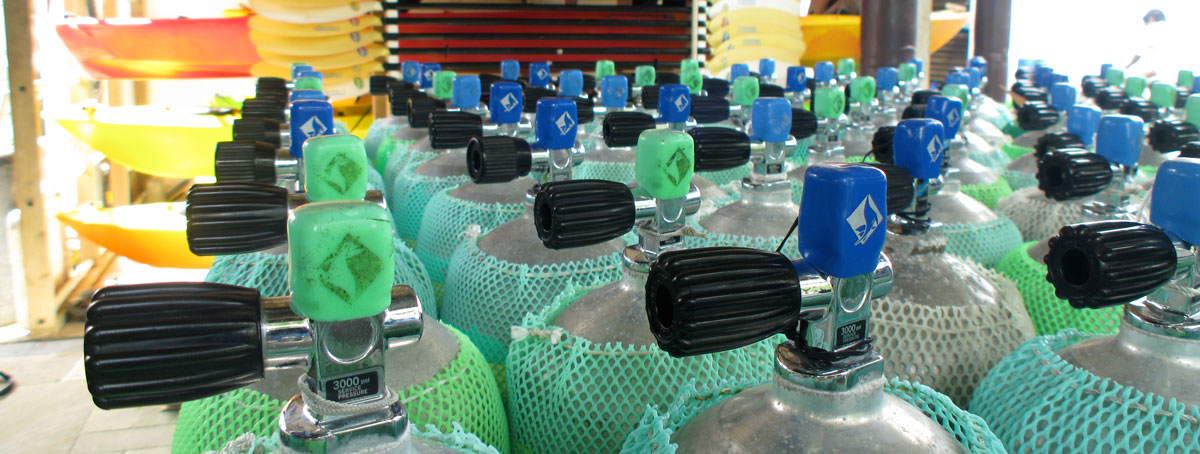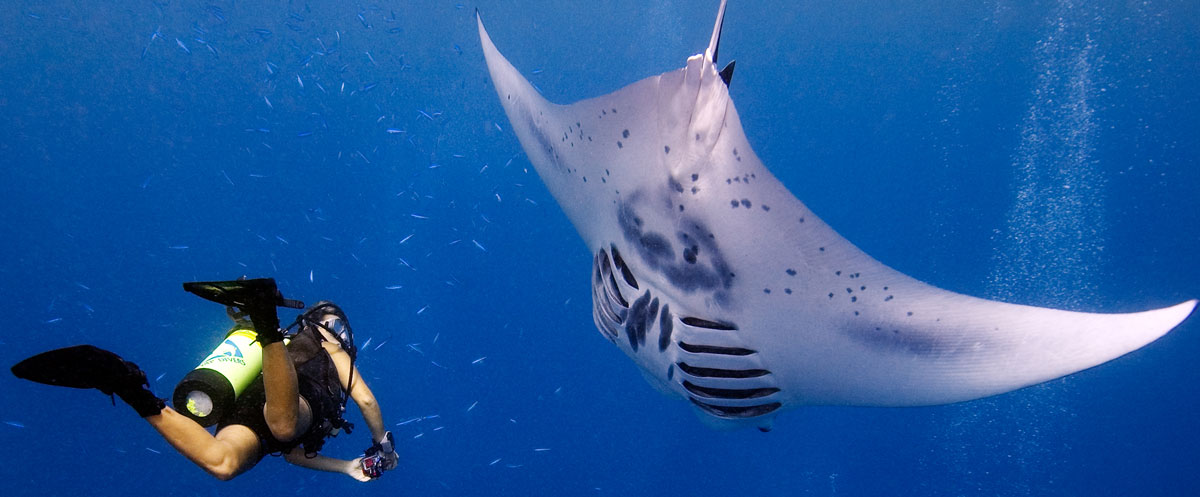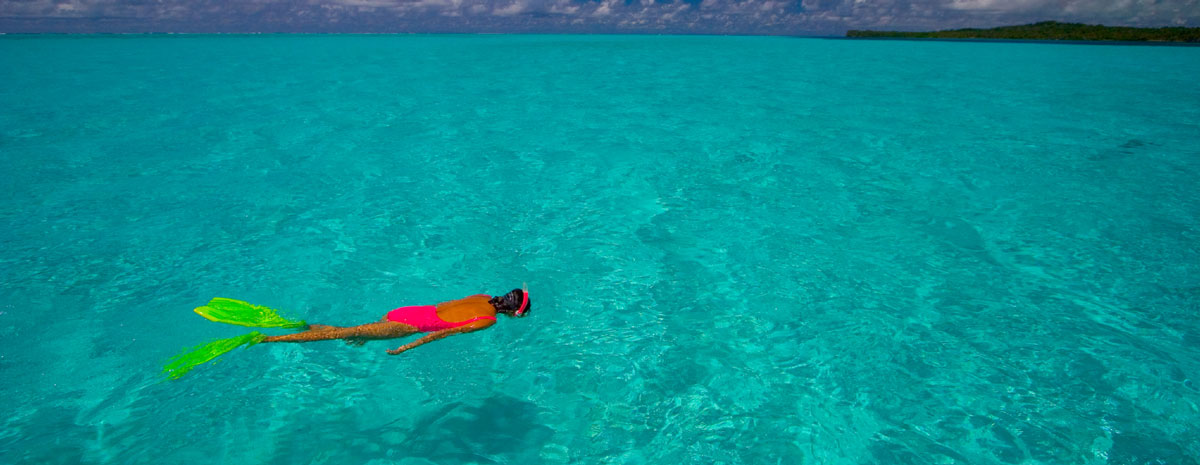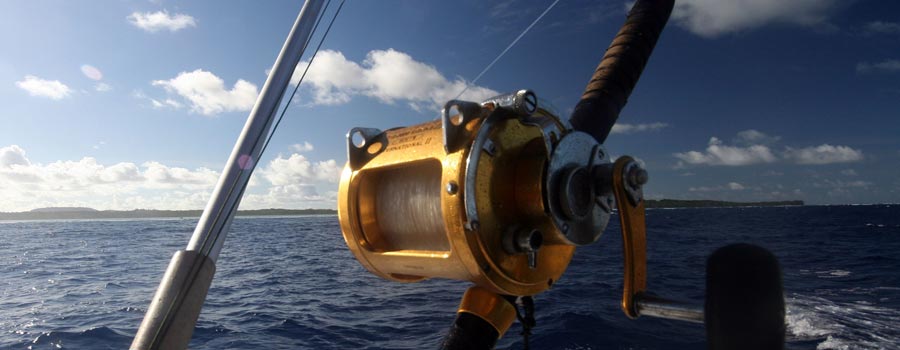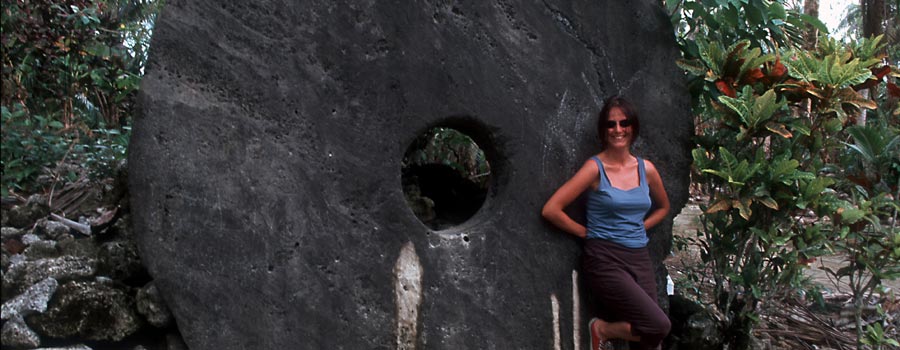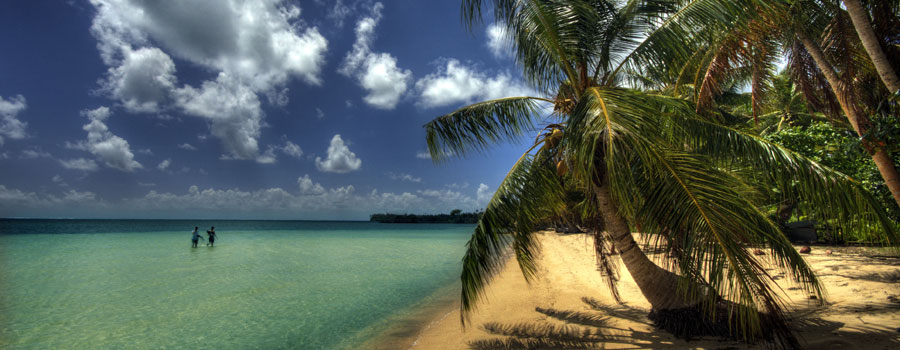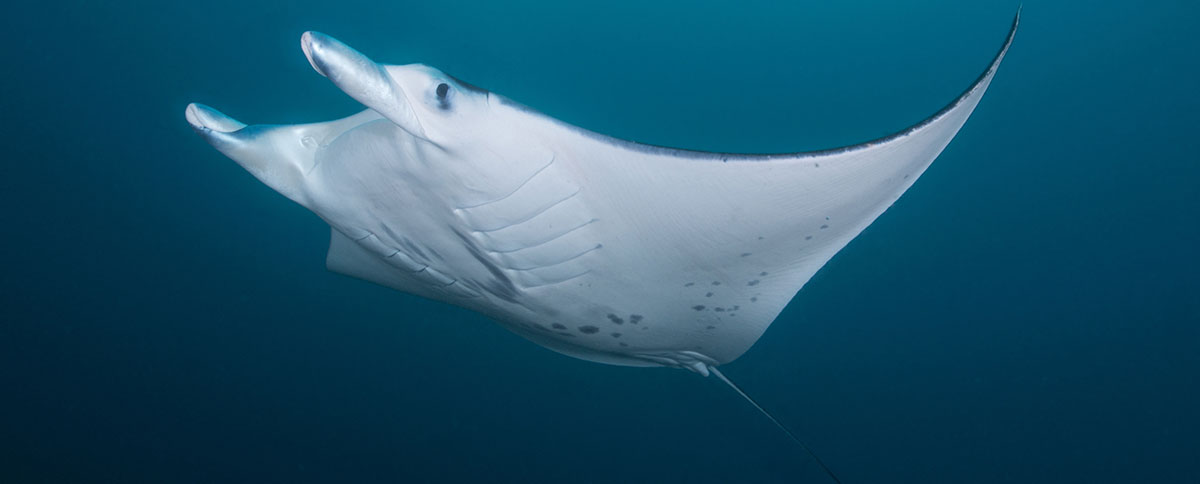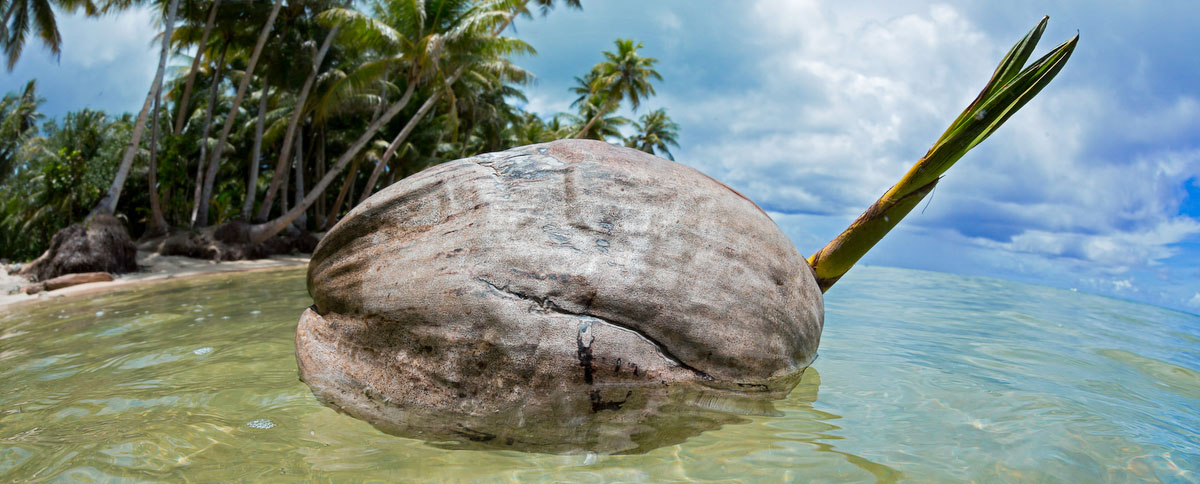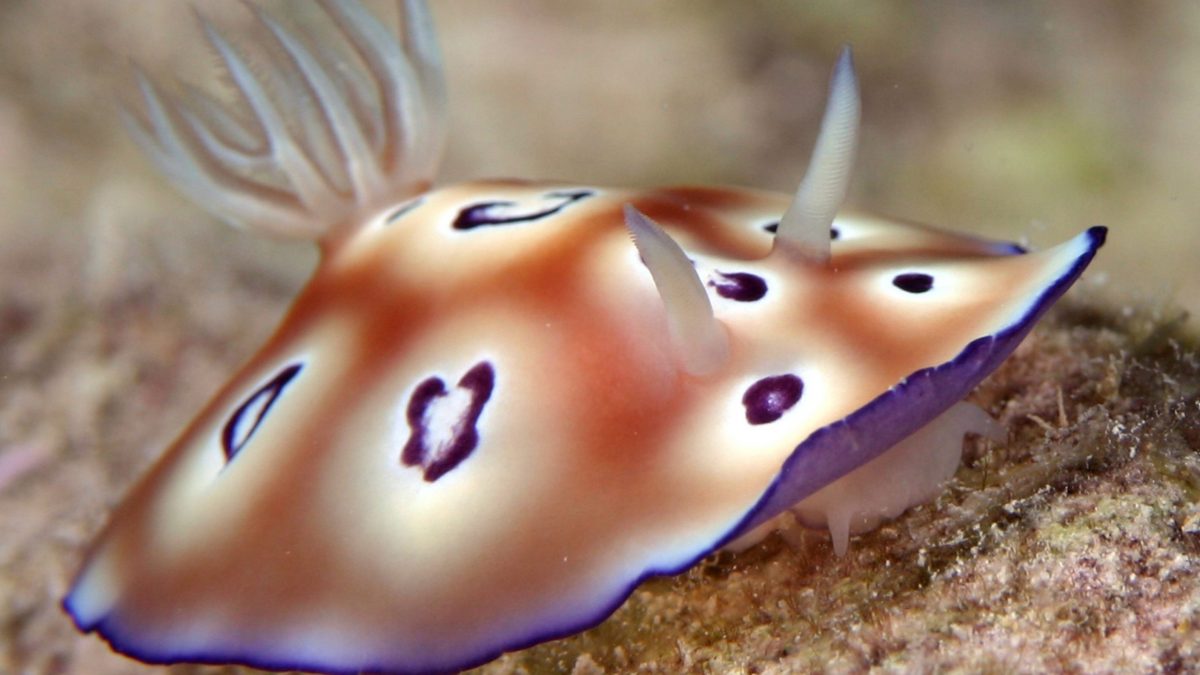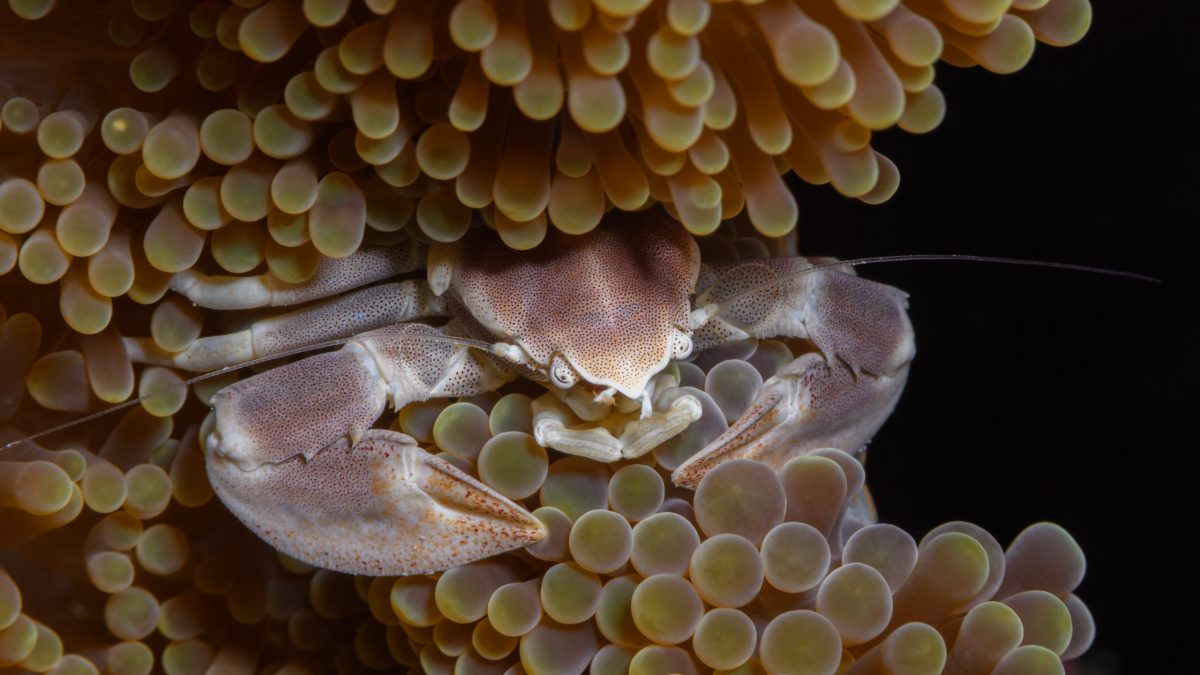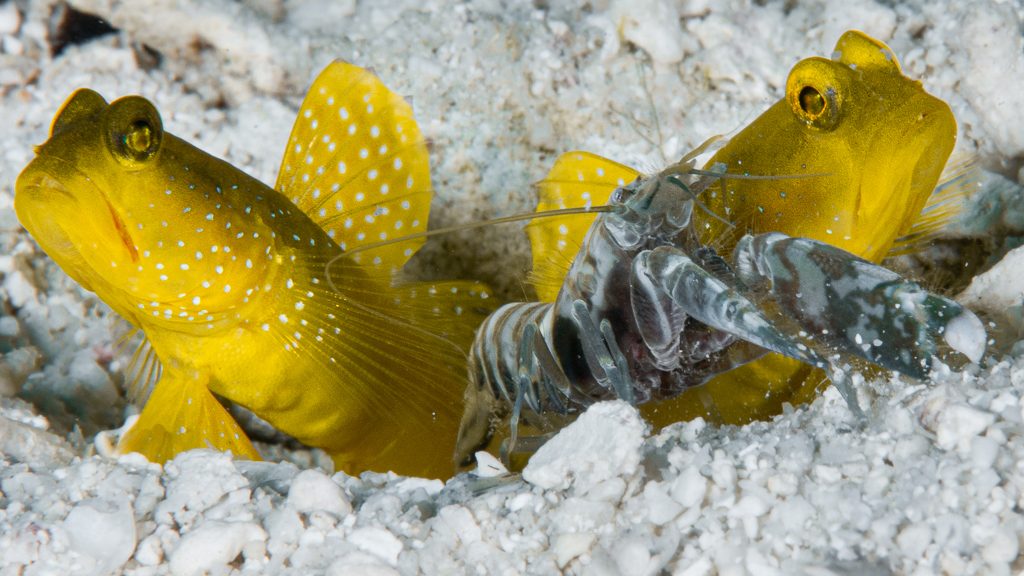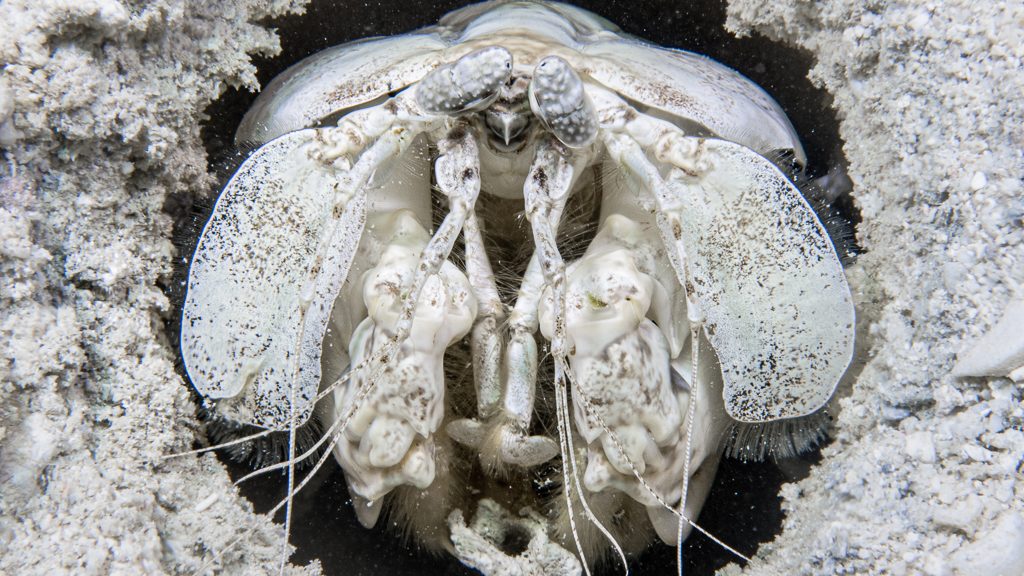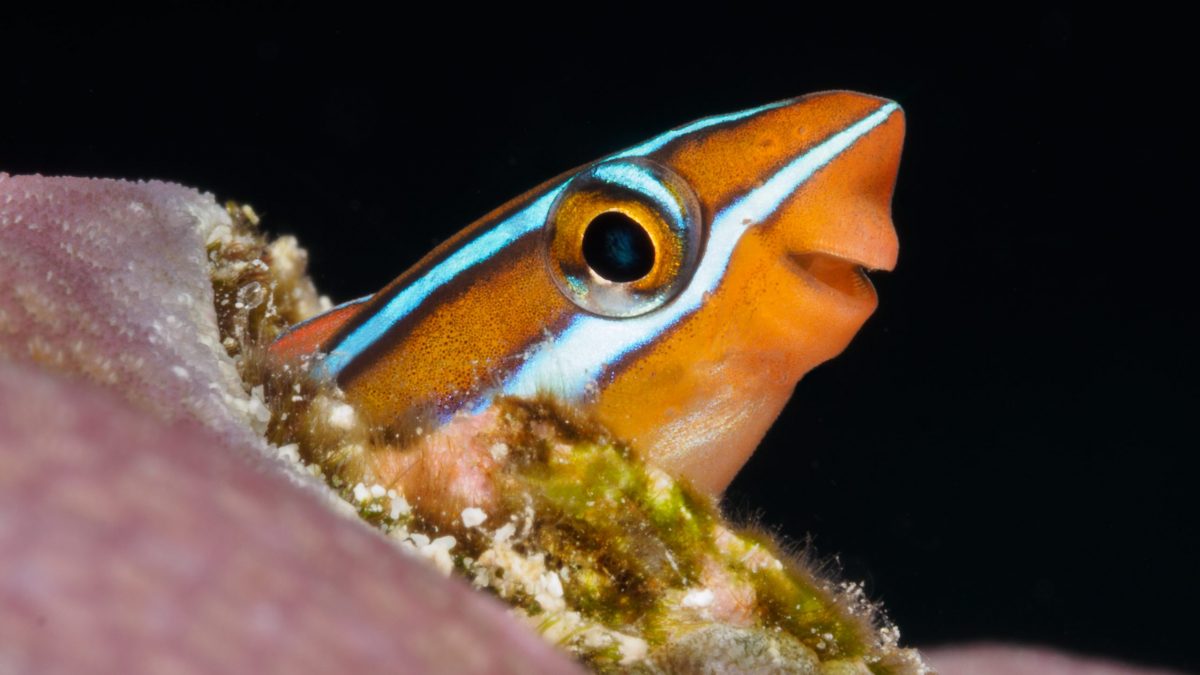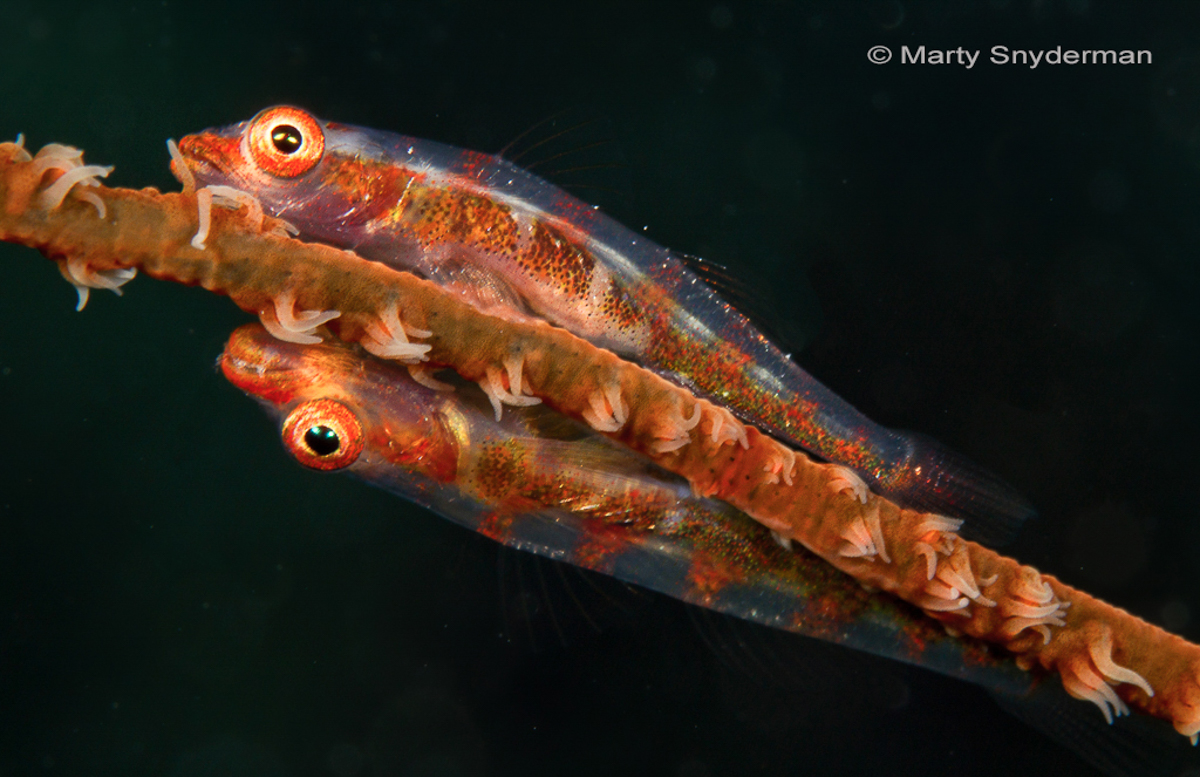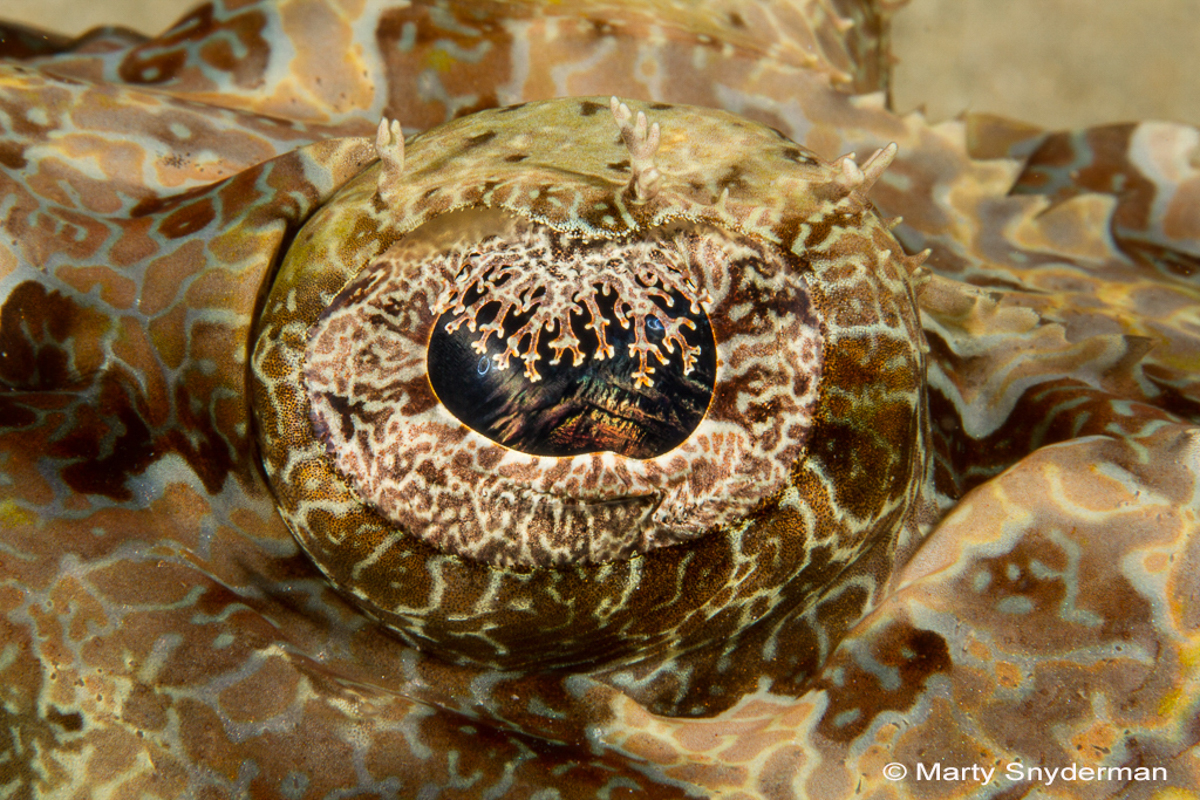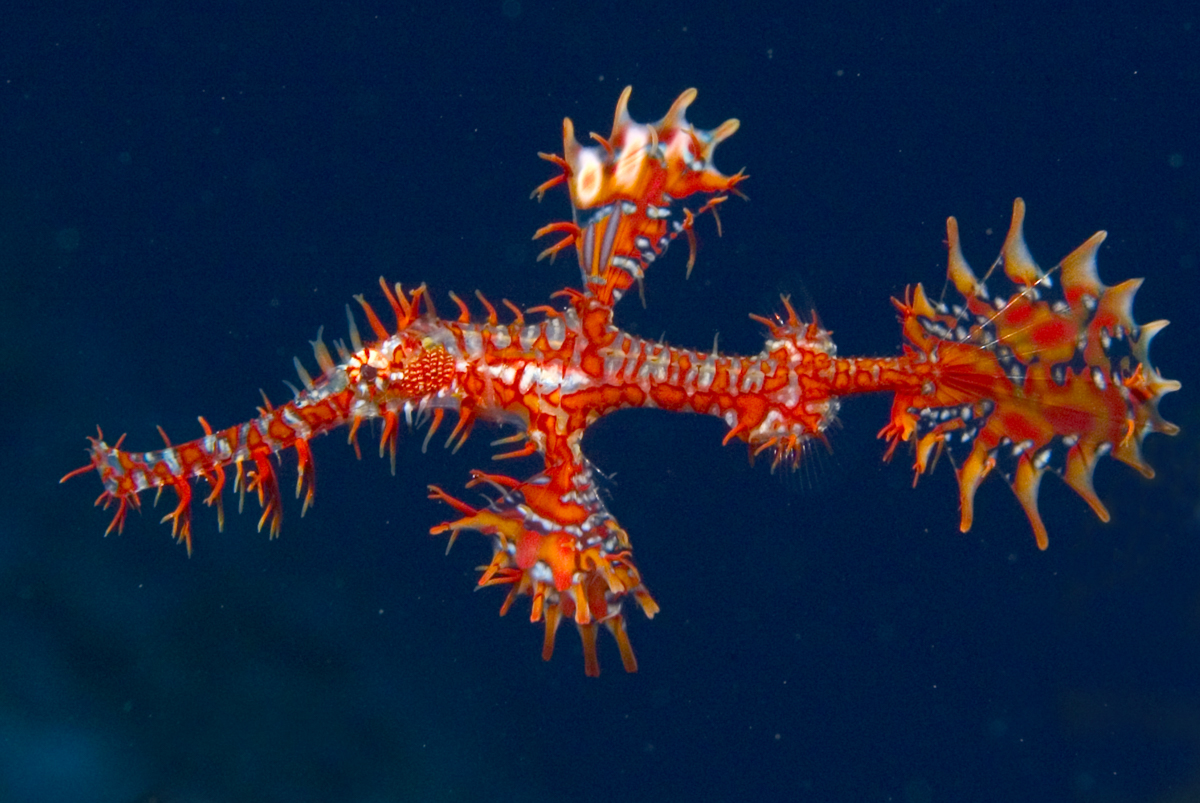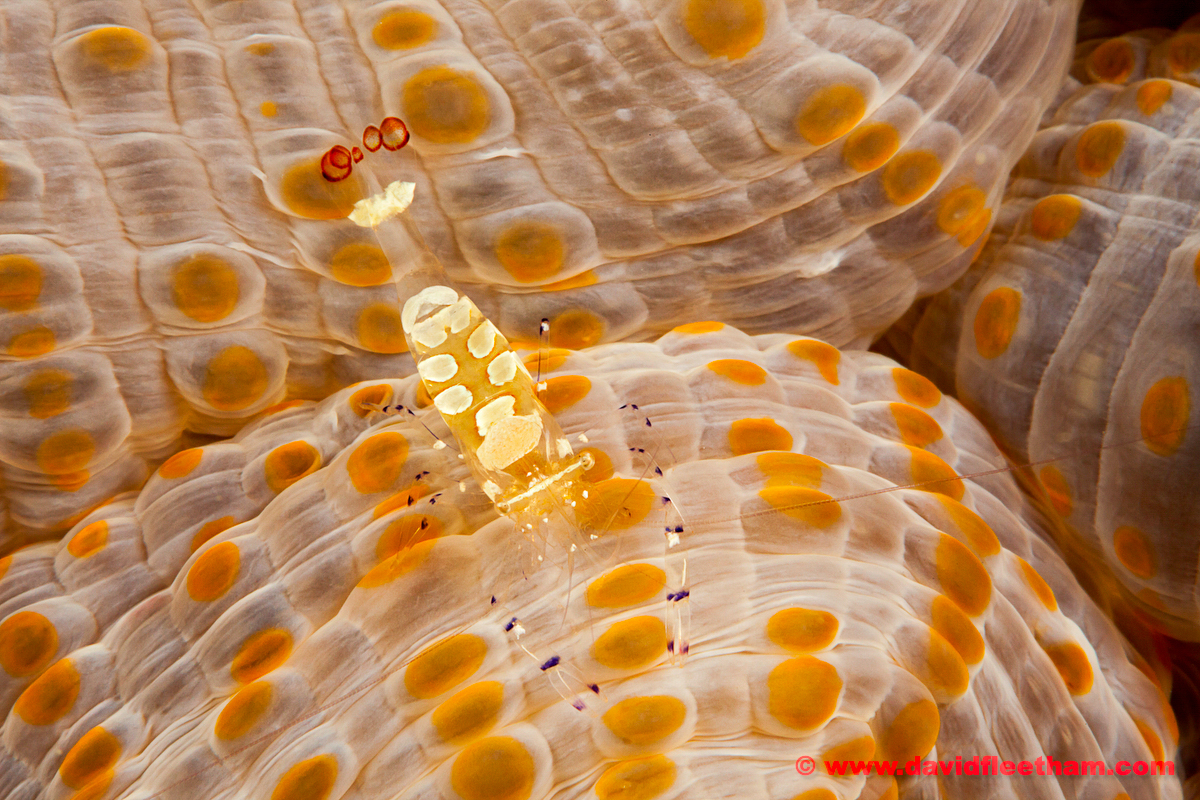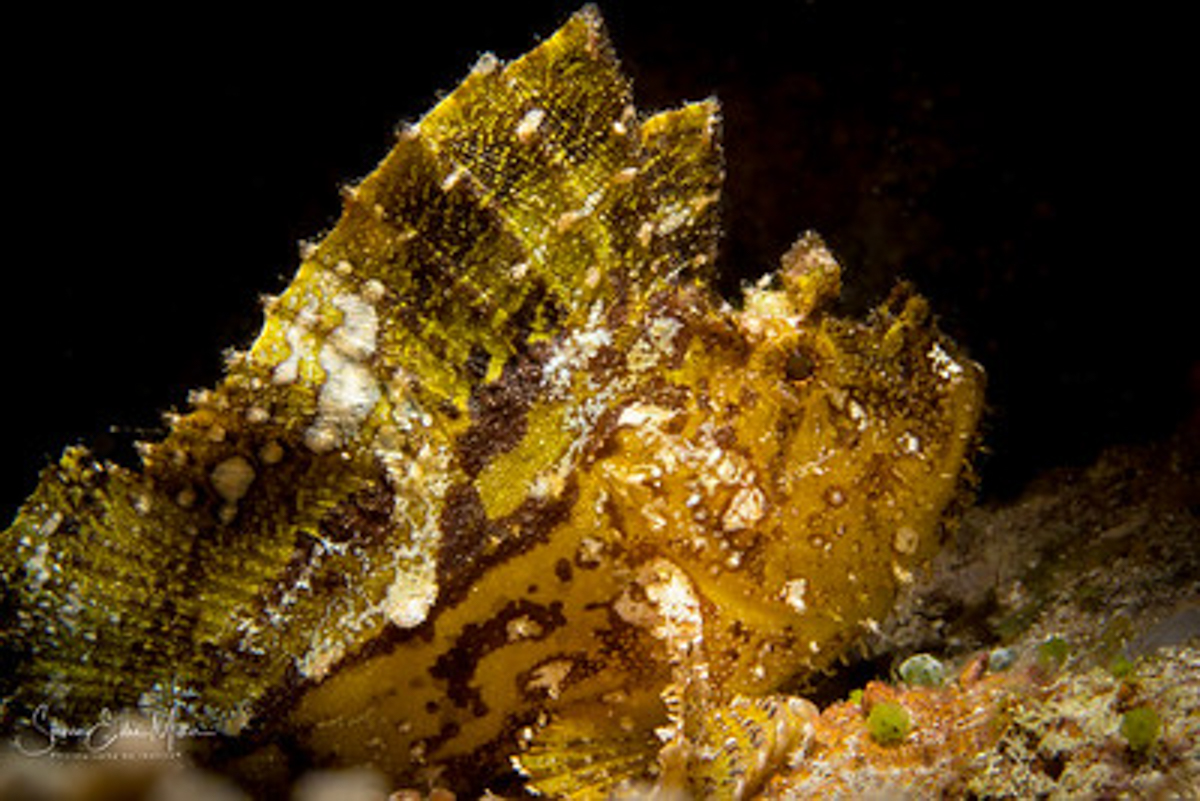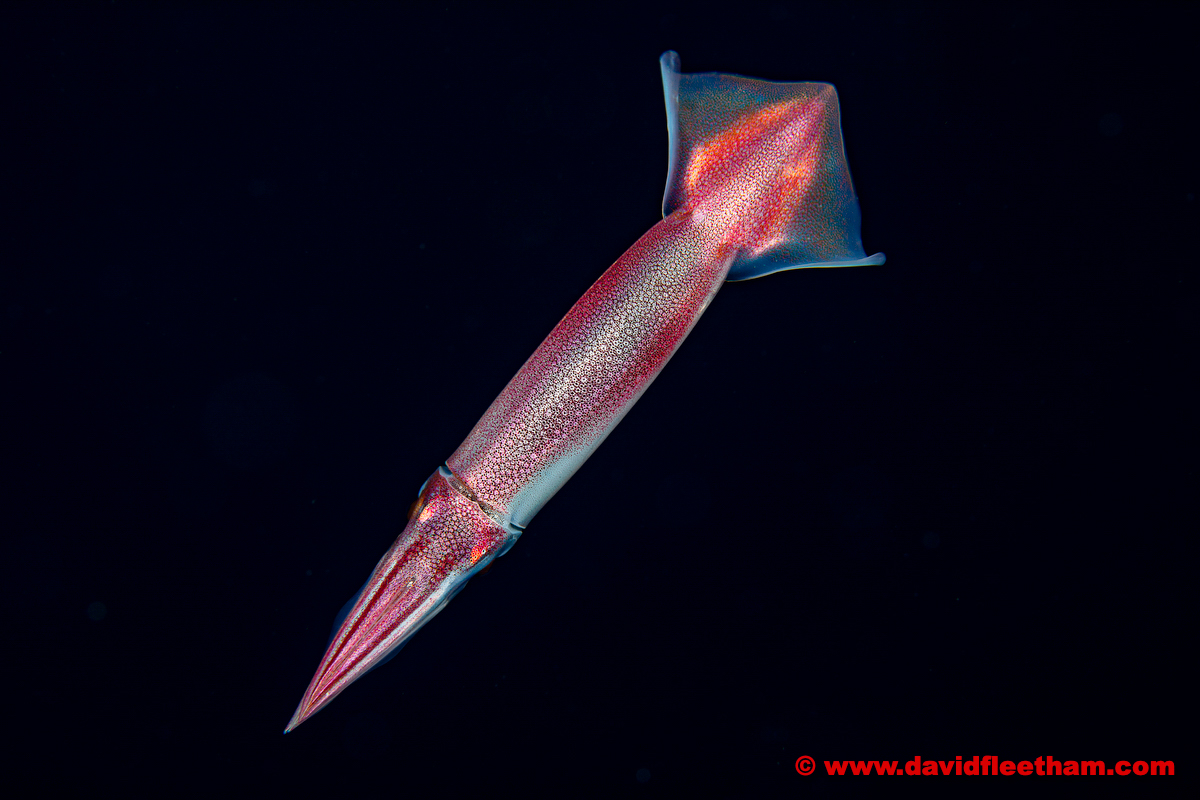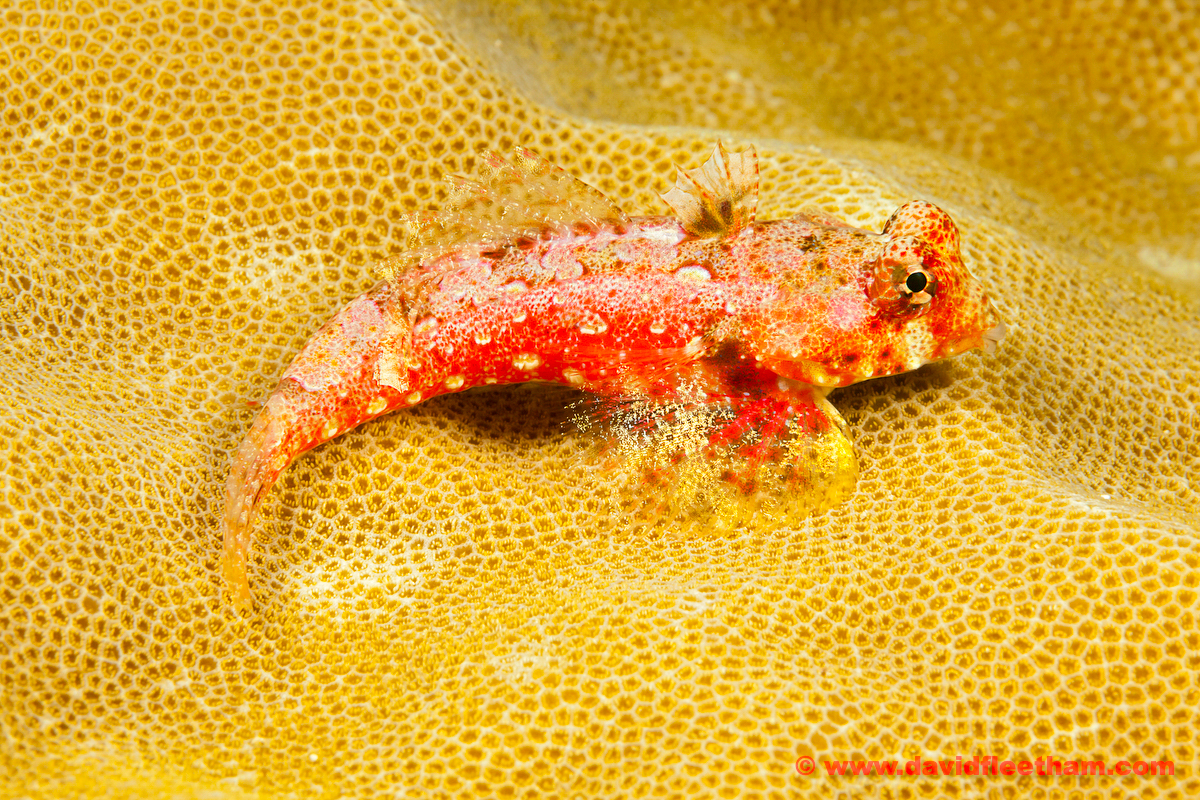Macro Diving
Tiny creatures have always been a part of the philosophy of Yap Divers, supported with repeating photo events like the “Critter Hunt.” The diversity of the smaller reef inhabitants never ceases to surprise our guests. Generally little critters like ghostly white mantis shrimps, scorpion leaf fishes, and (ghost) pipefishes are not this far out in the Pacific, but just off Manta Ray Bay Resort and the Mnuw mandarin fishes, pipefishes, razorfishes and shrimps & gobies live in symbiosis.
Discover, Mesmerize, Fascinate
- Mandarin Fish galore
- Along the Mangrove-Reef Border
- Slow & Easy – nudis, gobies, pipe fish, …
On the other hand, Rainbow Reef off “O’Keefe’s Island” gained quite some fame for its number of mandarin fishes. Actually, the place is only a ten minutes boat ride away from Manta Ray Bay Resort and hosts one of the largest populations in the world. Forget about all these dives in which a guide desperately tries to get two scared little fishes out of the coral head! Rainbow Reef is different. Located in only 3-7 meters depths, a number of staghorn corals are home to certainly more than 40 mandarin fishes. Mating takes place almost every evening – given, you don’t scare them away with a strong torch! – and if “your” couple gets out of sight, your guide is very likely to present you another one pretty quickly.
WHERE MANGROVE MEETS REEF – RAINBOW REEF
Rainbow Reef actually is a good example of why Yap in terms of biodiversity is very special: located close to the “real” coral reefs, the place also borders the immediate coastline, which in Yap is covered by mangroves by 90 percent. While the muddy water surrounding the mangroves makes the water pretty murky, there are species that do not occur in coral reefs such as the archerfish, which is notorious for shooting insects off roots and branches. There are probably species hidden there that were not even discovered yet. Not only does this very different ecosystem host unique species, the mangroves in fact bring a lot of nutrition into the coastal areas, the channels, and the inner reef, thus sustaining the food chain up to the manta rays. This is why the inner reefs are most suitable for macro diving.
SLOW ‘N EASY – INNER REEF SPECTACULAR
One of our most popular spots for small creatures is “Slow & Easy” on the inner reef. The Parcours between two buoys do hardly measure 50 meters, but it is still good for a hundred minutes dive! Apart from the “standard” reef species of the West-Pacific, one can spot pipefishes, ghost pipefishes, and a variety of nudibranchs. The rubble patch where the dive is usually finished hosts big numbers of again at least two different combinations of symbiotic gobies and burrowing shrimps. Look out for a hole the size of a tennis ball – this is where a big white mantis shrimp lives (another one can be found in Goofnuw Channel, close to the cleaning station in the “Valley of the Rays.”) Just before you reach this place, lookout for a large wire coral. Usually, you can find either gobies and/or crabs on there. Even though it is far from macro, this description is hardly complete without mentioning the small resident hawksbill turtles that can be very curious at times.
NIGHTTIME… BECOMES THE RIGHT TIME
At nighttime, the scene in “Slow & Easy” changes tremendously. While most reef fishes hide from their predators, animals such as crinoids, starfishes as well as various kinds of crabs, shrimps, and (squat) lobsters come out of their shelter. Many of these nocturnal species are very well camouflaged, transparent, or simply well-hidden. Your guide will assist you in finding fantastic little stuff as for instance harlequin crabs, which live on sea cucumbers, emperor shrimps on wire corals, or partner shrimps living in anemones.
LAST WORD
The “Critter Hunt” goes on… Or to say it with the words of Andy Salmon, a veteran underwater photo pro, “I could dive this spot (Yap Caverns) for a week! Tell me about another place where you have caves and swim-throughs, a sheltered coral garden and a drop-off, sharks and other big fish on one hand and on the other pipefishes and a lot of shrimps in the wire and soft corals.”
if you are in Yap and keen on critters, please let the guides know and ask them to show you the creatures. They do know best where to find them!












